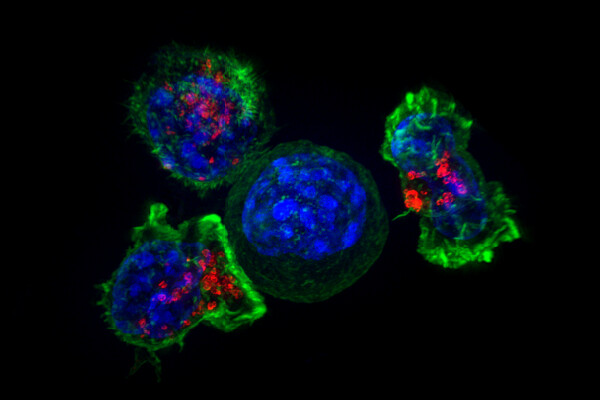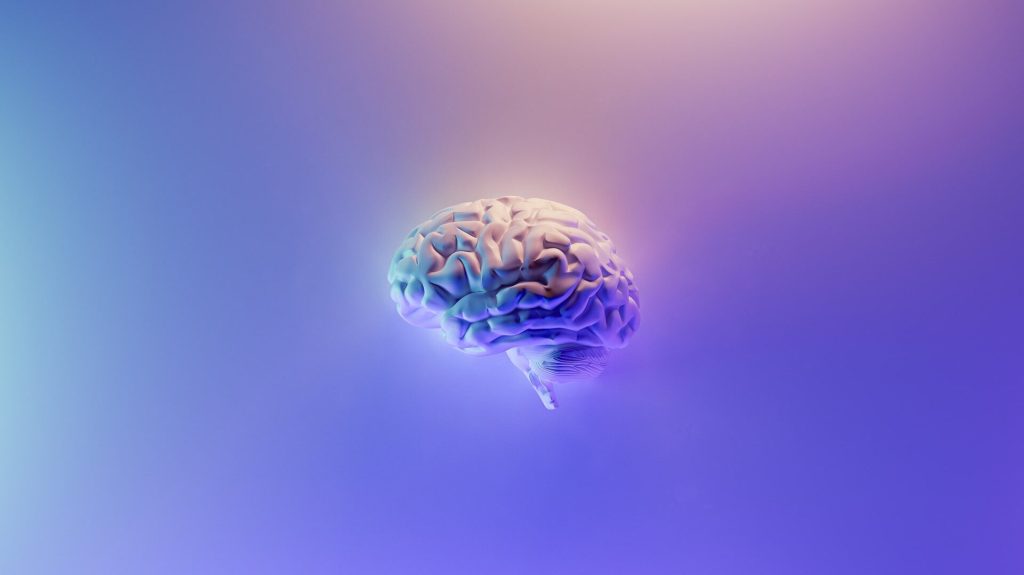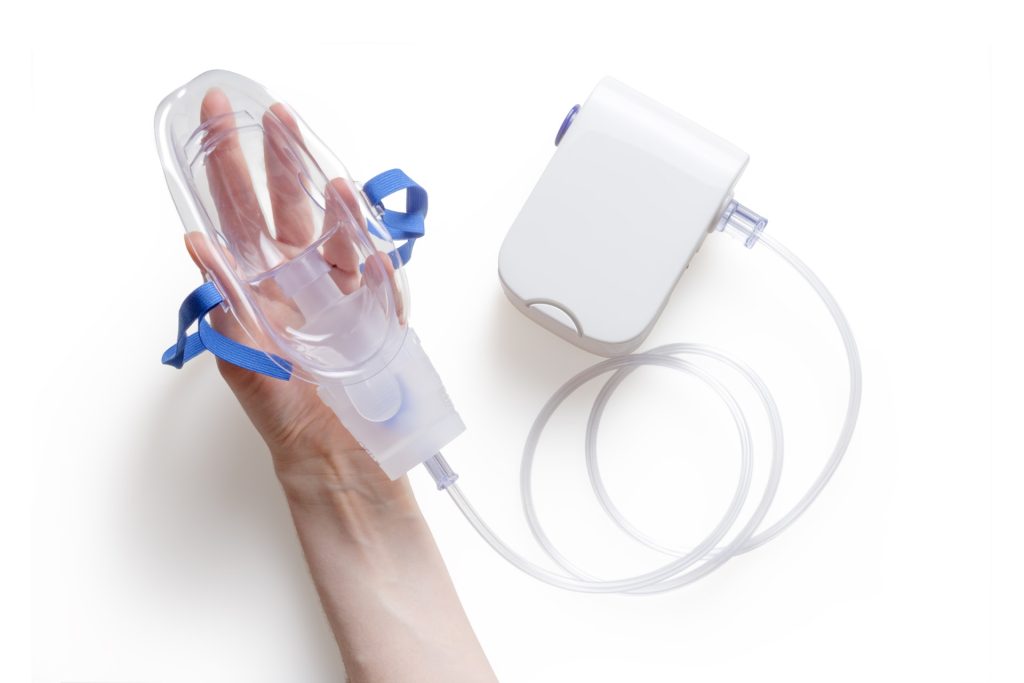Ketamine Holds Promise as a Treatment for Depression

New research with low doses of the anaesthetic ketamine, recently approved by the FDA for use as an antidepressant, shows the drug could provide longer-lasting relief.
Depression is often treated with selective serotonin reuptake inhibitors, or SSRIs, but they can take six weeks before symptom relief begins, and in up to 30% of people they are ineffective.
For the past two decades, however, psychiatrists have been using low doses of ketamine, normally a veterinary anaesthetic, to treat patients whose depression has not responded to other treatments. It also has hallucinogenic effects and is sometimes abused as a street drug. Its use in psychiatry was long considered “off label,” but in 2019 the U.S. Food and Drug Administration approved a nasal spray version for use as an antidepressant, followed in 2020 by expanding the approval to include patients with depression who are having suicidal thoughts or have recently tried to take their own lives or otherwise harm themselves.
The approval opened up new possibilities as well as new lines of research that may change the way psychiatrists think about depression. Dr Benjamin Brody, an assistant professor of clinical psychiatry at Cornell University is heading a programme exploring ketamine to treat the condition. “What’s so exciting about ketamine is not only that it works for people whose symptoms are not responding to traditional treatments, but it also works much more rapidly — in days or even hours,” says Dr. Brody, who developed the protocol before the spray was approved, and still prefers infusions because they allow him to tailor each dose to a patient’s weight (while the spray only comes in two pre-set doses). “For some people, ketamine really does provide almost immediate relief. That’s wonderful and very gratifying to see.”
One problem with ketamine, however, is that its positive effects wear off within weeks or months. “Another major issue,” says Dr. Brody, “is that we have so little information on the long-term effects, or what type of treatment patients will need to remain well.”
Dr Conor Liston, associate professor of neuroscience in the Feil Family Brain and Mind Research Institute, is exploring the question of how ketamine works in the long term to create more synapses in a region of the brain called the medial prefrontal cortex. The new connections seem temporary, but if they could be augmented with another treatment, a person might be permanently cured of depression.
For a study published last year in Science, Dr. Liston and his team worked with mice that exhibited depression-like behavior, as determined by their reaction to a stressful situation. A mouse that freezes more than it attempts to wriggle free, known as “motivated escape behaviour”, displays an important feature of depression. “Mice are not people, and many symptoms that we think of as core to depression — sadness, hopelessness — are hard or probably even impossible to imagine modelling in a mouse,” said Dr Liston. “But there are some things we can measure.”
Dr Liston examined the mice’s brains before administering ketamine. As predicted, lacking motivated escape behaviour was correlated with lost synapses in the medial prefrontal cortex. Just hours after one dose, the mice no longer exhibited that ‘depressed’ behaviour and their brains showed that synapses had regrown. But just like humans, depressive symptoms returned days later and the new synapses had disappeared.
Interestingly, the reduction in depressive behaviour occurred before the new synapses appeared, meaning they could not have caused the immediate relief. However, the new synapses were apparently necessary for maintaining the antidepressant effects long after the ketamine dose. If those synapses were eliminated, the mice quickly became depressed again. “We think that some kind of intervention aimed at boosting the restoration of those synapses or enhancing their survival over time could be useful for augmenting ketamine’s antidepressant effects,” said Dr. Liston, adding that it could be another drug or an intervention as simple as exercise or improved sleep, two known factors in synapse survival.
Dr Liston noted that his team’s work is just a first step and more basic science needs to be done before work involving human subjects.
Source: Weill Cornell Medical College





